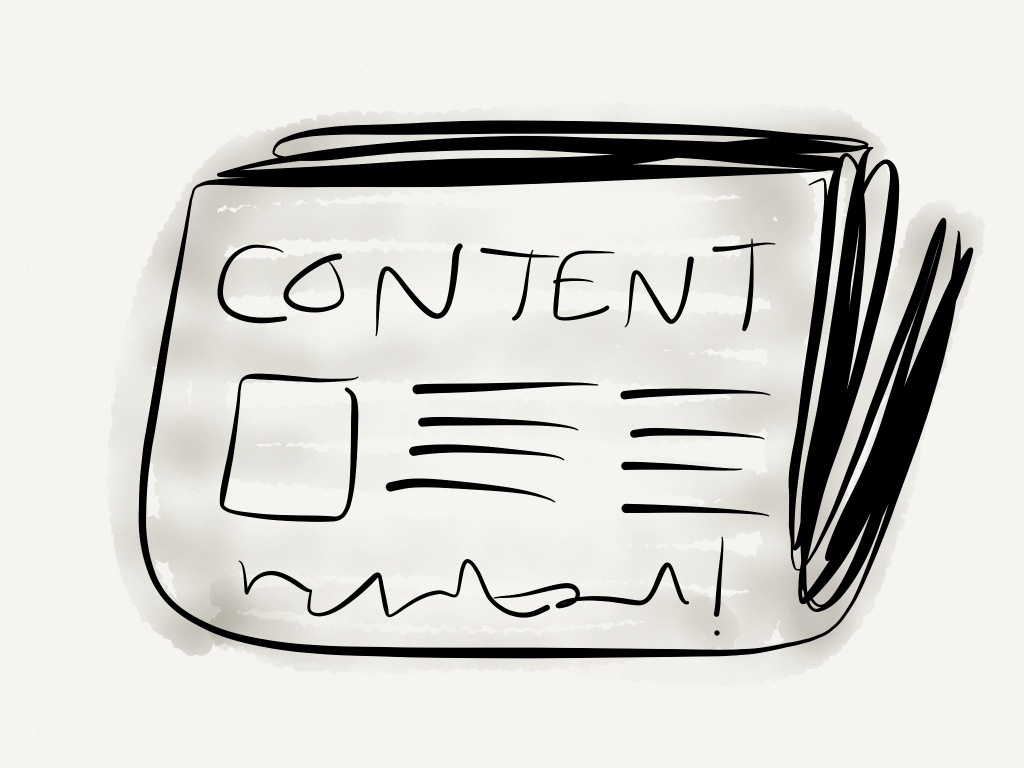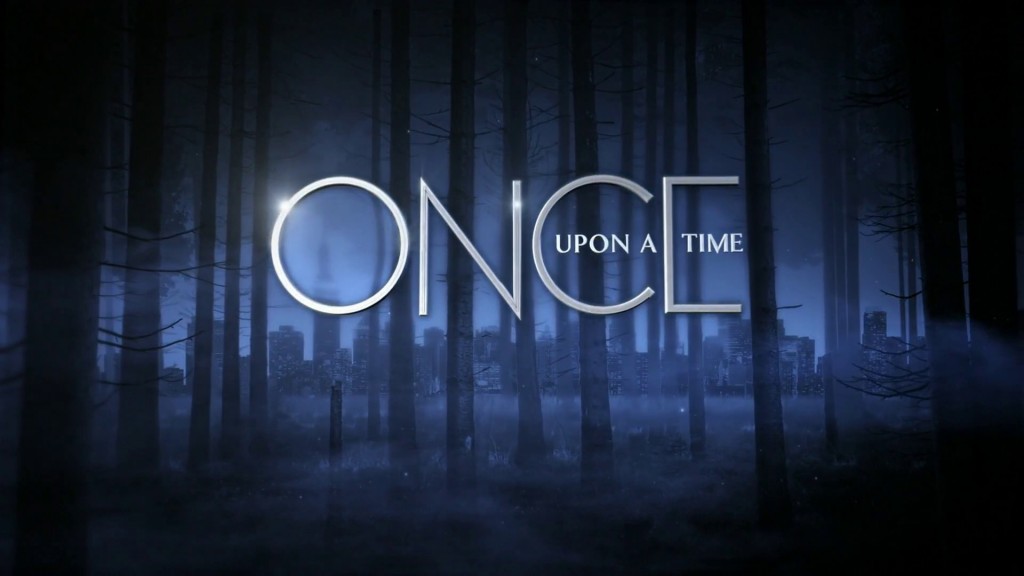5 Tips To Prepare & Rock Your Research Presentation That Doesn’t Suck
Are you looking for tips to prepare an enthralling research proposal, scientific, or thesis/dissertation presentation? Well, you’re in the right place!
In academic world, presentation is one of the ways to deliver and share your research besides getting published in journal articles. In fact, most of the researches are novel but complicated in terms of theory. That is why research presentation is an effective tool to communicate with the research communities such as through conferences as it involves direct communication between presenter and the audience, which is totally different than journal articles. Bear in mind that, your research is pointless if you fail to deliver and communicate.
[button open_new_tab=”true” color=”extra-color-3″ hover_text_color_override=”#fff” size=”large” url=”http://wp.me/P6skHY-Oq” text=”If You Need Help In Editing & Proofreading Services, Click Here To Order Now!” color_override=””]
Besides, it is also a key element for you to defense your research proposal or obtain your desired education qualification (referring to verbal defense or viva voce). When your slides rock, your whole research presentation pops to life, and definitely you can impress the panels. Here are the 5 tips that you can consider when you’re preparing your presentation slides.
1. Draft Your Content: Know What To Present Most of the people always start to build and design the slides from scratch. At the end, you probably will realize that there is not enough time to present all the slides, and you are just wasting your time. So, you can outline and think about the specific content you want to present such as the critical and relevant information before building and designing your slides.
Most of the people always start to build and design the slides from scratch. At the end, you probably will realize that there is not enough time to present all the slides, and you are just wasting your time. So, you can outline and think about the specific content you want to present such as the critical and relevant information before building and designing your slides.
2. Consistent Format: Avoid Confusion You might think that using various font and font size can create creativeness in your slides, but you are wrong as audience will get to confuse eventually. Thus, use the consistent format of typography and colors throughout your slides.
You might think that using various font and font size can create creativeness in your slides, but you are wrong as audience will get to confuse eventually. Thus, use the consistent format of typography and colors throughout your slides.
3. Having Topic Transitions: Wow Your Audience Your audience will get bored easily if all the slides are similar in design. You can consider creating different style for the transitions between topics as this can showcase your creativity. For instance, you can design your slides according to this: if the previous slides have a light background with dark text, when moving to another section, you can try transition slides which have a dark background with light text so that the audience know you’re moving onto a new section indirectly.
Your audience will get bored easily if all the slides are similar in design. You can consider creating different style for the transitions between topics as this can showcase your creativity. For instance, you can design your slides according to this: if the previous slides have a light background with dark text, when moving to another section, you can try transition slides which have a dark background with light text so that the audience know you’re moving onto a new section indirectly.
[button open_new_tab=”true” color=”accent-color” hover_text_color_override=”#fff” size=”large” url=”http://wp.me/P6skHY-Oq” text=”Each Time You Use Our Services, You’re Helping Us To Support English Education In Underserved & Poor Communities” color_override=”” image=”fa-users”]
4. Less Text: A Picture Is Worth A Thousand Words If you think that many text will make your slides look more informative and professional, then you’re wrong. Don’t expect the audience to read your slides word by word, but you just piss them off. It is very difficult for the audience to read the slides while listen to your presentation. Sometime, you can replace the wordy content using simple, punchy images, as they support what you’re saying and can enhance your context, which align with the audience’s mind. You just simply look at that image and explain accordingly. You can search on Flickr or Google Images to get the free images that you want. You also can edit the images using the free online editor such as PicMonkey, Canva, or Pixlr. But, make sure the images that you used is crystal clear and should match what you’re saying, or else the impact will be down turned.
If you think that many text will make your slides look more informative and professional, then you’re wrong. Don’t expect the audience to read your slides word by word, but you just piss them off. It is very difficult for the audience to read the slides while listen to your presentation. Sometime, you can replace the wordy content using simple, punchy images, as they support what you’re saying and can enhance your context, which align with the audience’s mind. You just simply look at that image and explain accordingly. You can search on Flickr or Google Images to get the free images that you want. You also can edit the images using the free online editor such as PicMonkey, Canva, or Pixlr. But, make sure the images that you used is crystal clear and should match what you’re saying, or else the impact will be down turned.
5. The Pixar Pitch: Be A Storyteller As you know, most of the research presentation is boring as it involves many technical terms and theory. In order to engage your audience continuously, you should frame your story as people are wired to listen to the stories and metaphors. Try to keep your presentation as simple as possible and straight to the point but meet the time allocation and requirements as you can explain more during question and answer (Q&A) session. You can follow the following format to turn the boring presentation into a compelling story and impress the audience. You can start your presentation and hook the audience using the following approach:
As you know, most of the research presentation is boring as it involves many technical terms and theory. In order to engage your audience continuously, you should frame your story as people are wired to listen to the stories and metaphors. Try to keep your presentation as simple as possible and straight to the point but meet the time allocation and requirements as you can explain more during question and answer (Q&A) session. You can follow the following format to turn the boring presentation into a compelling story and impress the audience. You can start your presentation and hook the audience using the following approach:
“Once upon a time…..Every day,…..One day…..Because of that,…..Until finally,…..”
(Excerpted from To Sell Is Human: The Surprising Truth About Moving Others by Daniel H. Pink)
Below shows an example of the Pixar pitch in your research presentation:
Once upon a time, a gas company was established in Carlsbad, New Mexico to extract the natural gas. Every day, these natural gas pipelines were exposed to acidic environment. One day, a 30-inch diameter gas pipeline was ruptured. Because of that, 9 workers were death. Until finally, an anti-corrosion advanced material is developed to reduce the corrosion rate in gas pipelines. (continue with problem statement, objective, etc…)
[button open_new_tab=”true” color=”extra-color-3-tilt” hover_text_color_override=”#fff” image=”default-arrow” size=”large” url=”http://wp.me/P6skHY-Oq” text=”Your Manuscripts Will Be Crafted With Care. Click Here To Order NOW” color_override=””]
Are you ready to deliver a compelling and effective research presentation? If you have good ideas to improve the presentation skills, please feel free to share at here. Sharing is caring!



